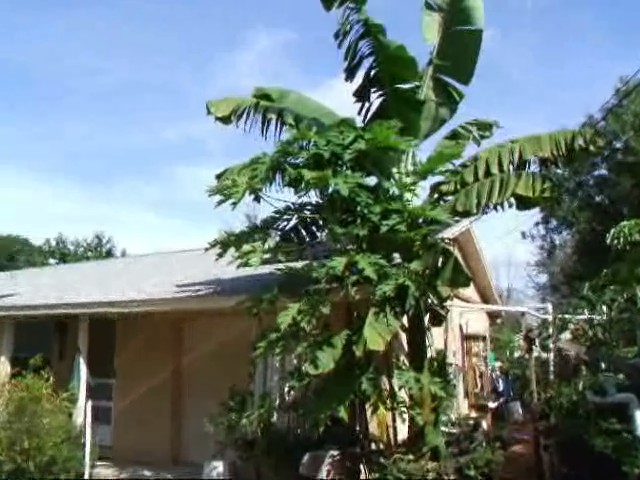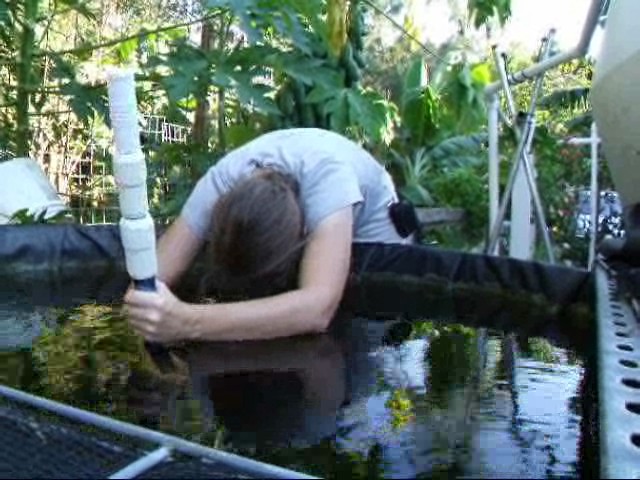So you have built an Aquaponics system and water is circulating through it. So now what should you do?
This starts the period of what we call cycling up an Aquaponics system. It can be done with fish or fishlessly. I am a big fan of fishless cycling since it removes most of the stress of trying to cycle up a system with fish. Since cycling up a new system involves ammonia and nitrite levels that are not healthy for fish, initial cycle up with fish is stressful on the fish as well as on the person either hoping they don’t kill their fish or when they do kill their fish.
I have done posts about fishless cycling so I’ll let you go read that if you choose the less stressful method.
If however you are going to cycle up with fish, most people will recommend getting some sacrificial fish for the initial round or you might use a lesser number of your intended eating fish. It is important to stock only a small amount of fish for the start of cycling. Say you have a system that could support 30 catfish. For initial cycling you might start with 15-20 small sacrificial fish.
Next thing to know about cycling. Test the water quality! A freshwater Master test kit with tests for pH, Ammonia, Nitrite and nitrate is a must. To start cycling pH can be between 6.5-8 though some where in the mid 7 area is probably best to start. Cycling works fastest if the weather is warm but remember that the warmer the water, the more toxic the ammonia is. Also, the higher the pH the more toxic the ammonia becomes. Couple high pH with high ammonia and high temperatures and the fish will be lucky to survive the initial spike. But you do need a little bit of an ammonia spike to get the cycling started. There has to be food for the bacteria to get them to build a nice colony and get to work for you.
Anyway, once you add fish and start feeding them, your ammonia level will rise, you need it to rise but hopefully not too far. Then once the ammonia level starts falling your nitrite level will spike. Nitrite is toxic to fish too (kinda the way carbon monoxide is toxic to people.) Adding some salt to the system may help mitigate the nitrite toxicity a little bit but this part of cycle up is usually even more difficult than the ammonia spike since the bacteria that take care of the nitrite are inhibited by the ammonia and they are slow to colonize. Hopefully you will get past your nitrite spike without any fish deaths and you will see your nitrate levels rise and both ammonia and nitrite fall to 0 ppm.
During initial Aquaponics cycle up one needs to test ammonia, nitrite, nitrate and pH daily. If any of the levels get too far out of the safe range then one needs to stop feeding for a day or two or till they come down a bit (and never leave uneaten feed in the tank to rot and cause oxygen problems.)
If one is running a timed flood and drain system then during initial cycling, one might do well to run constant flood or extra cycles to give the bacteria more water contact time to get going in the grow beds. Also, extra aeration can help get the fish through the nitrite stage as well as providing more dissolved oxygen to help get the bacteria off to a good start.
So the basic time line.
1-Fill system with water and deal with any treatment chemicals appropriately
2-chose cycling method
3-Do initial water tests for a base line
4-add fish (assuming you chose to cycle with fish)
5-wait a day then feed fish
6-Do water tests daily and feed fish if water tests indicate it’s safe
7-watch for ammonia spike
8-If any spikes get too far out of hand, do a partial water change but keep in mind that this will slow the cycling process.
9-watch for ammonia to drop and nitrite to spike
10-add 1 ppt of salt if you have not already, provide extra aeration
11-wait for nitrite to fall, with hold feed if necessary, wring hands, wish you had done the fishless cycling.
12-cover tank to stop algae bloom
13-watch water tests for nitrates to show up and keep an eye on the pH levels since they could drop any time now and require some buffer be added to the system.
14-once both ammonia and nitrite drop to 0, you may slowly increase the feed to the fish and perhaps even add more fish if your filtration is up to the task of keeping the ammonia and nitrite at 0.
Cycling up a system with fish usually takes 6 weeks. Fishless cycling might take as little as 3 weeks but when adding new fish, careful monitoring of water quality is always necessary.





[…] Cycling up a new system. […]